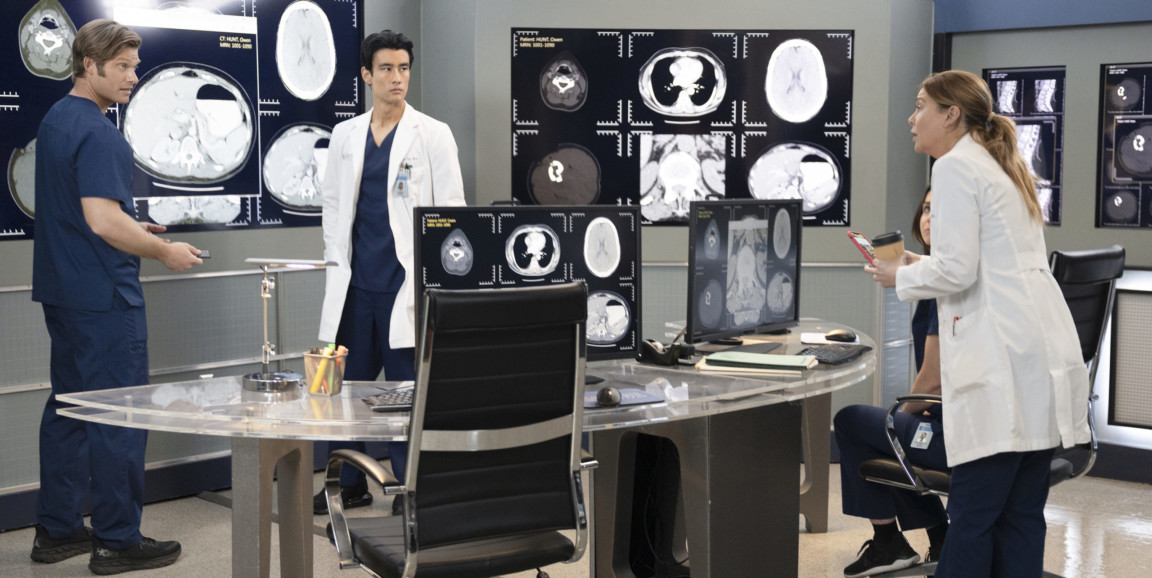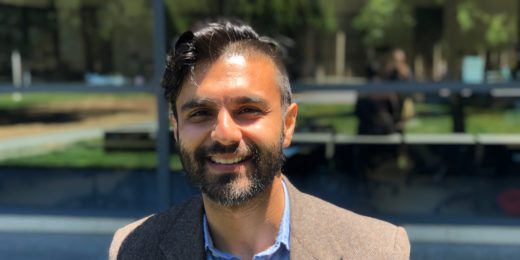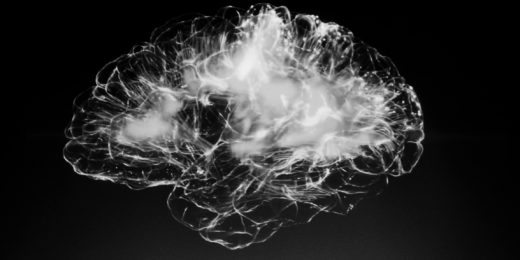Teddy Altman places her hand on a small ice chest wedged in between her and her colleague, Cormac Hayes. Both are surgeons, and they're in a car driven by a paramedic; a third surgeon, Owen Hunt rides in the front seat.
If you recognize those names you've likely caught an episode or two (or 100) of the famed ABC medical drama "Grey's Anatomy." If you don't recognize those names, you should know that what I'm about to describe is a scene from a TV show. You should also know I'm about to reveal part of the plot from the current season.
The trio of surgeons is in the midst of transporting a new heart for Owen's nephew. All is well as they exchange words of concern for the patient and his family member. But their chatter is cut short when the driver grimaces, falls limp and swerves into oncoming traffic.
In an attempt to right the wheel, Owen grabs it, over-corrects and sends the car off a steep ledge. It tumbles part-way down a hill, slows and eventually stops, loosely lodged in a thicket of trees and bushes. The car, now perched precariously on the edge of a cliff, teeters ominously. Owen reaches over to check on the non-responsive driver, using his fingers to part the driver's eyelids.
"He has a blown pupil, he must have had a massive stroke."
And, cut.
The pupil detail -- which took all of about 2 seconds to narrate in the scene -- was critical to the episode, and one that was carefully chosen by Adela Wu, MD, Stanford neurosurgery resident, and a team of medical advisers whose job it is to help keep the ever-dramatic plot lines of "Grey's Anatomy" scientifically and medically accurate (or at least feasible).
"The writers needed the driver to suffer a sudden death so the storyline with the car crash made sense," said Wu. "One of the signs of a fatal stroke is a dilated or 'blown' pupil. Death via stroke is something that can happen very suddenly and there's nothing you can really do, except pronounce the person dead. And that's what we recommended for the script."
The key for that scene was to choose something visually evident, but also accurate, said Wu. A heart attack, for instance, doesn't necessarily have visible symptoms that are diagnosable on the side of a highway. A stroke does.
What makes a good medical drama compelling, said Wu, is that the scenarios in the show could happen in real life. It's not necessarily about digging up the most rare, borderline-outlandish diseases and predicaments and throwing it on screen (although sometimes that happens).
It's about pairing drama with real-life medical conundrums to create entertainment that's gripping and believable. So, every near-death scene, complex surgical procedure or heroic resuscitation is vetted by a team of real-life doctors. And for the latest season of "Grey's Anatomy," Wu was one of several physicians tasked with keeping the show medically accurate.
It doesn't ooze like that
Last summer, as a fourth-year surgical resident at Stanford, Wu was looking for opportunities for professional development in the medical humanities area. Her adviser forwarded her an email with an application for the "Grey's Anatomy" Medical Communications Fellowship, thinking it might be right up her alley. After submitting a few short essays and interviewing with the show's producers, Wu was accepted as the first neurosurgical resident to fulfill this advisory role.
The fellowship ran for six months, from September 2021 to February 2022. During that time, Wu contributed to nearly a dozen episodes -- participating in pitch meetings, reporting on the specifics of complex surgical procedures and brainstorming and rehashing the characters' storylines.
Storytellers for the show spend a lot of time figuring out the emotional arc for each character, and the medical team's input on the cases they want to include are crucial, said Wu. "We want to ensure everything is accurate and that the storyline we choose moves the narrative arcs forward and brings together certain characters," she said.
Wu also helps edit and update the scripts to ensure the characters' dialogue rings true to typical conversations in the operating room or in a patient's room.
While writing an episode, the screenwriters might ask Wu to weigh in on the genetic basis for Alzheimer's disease, how a Whipple surgical procedure works or whether the symptoms of a character's injury is realistic.
In the storyline about the car crash, for instance, two surgeons narrowly escape from the toppled vehicle, but Owen remains trapped as the car slides off the edge of the cliff and drops to the bottom of the canyon. After being rescued, he's appears to be barely conscious on a gurney inside the hospital's emergency room.
"They'd wanted to dramatize one of his symptoms -- which is totally fine, this is a TV show after all -- but they wanted to make his head wound more visual." In the script, cerebral spinal fluid was supposed to leak out of Owen's ear. "But we were like, 'Well actually it doesn't really ooze out like that -- that's not how a CSF leak typically shows up.'" Instead, Wu and the other advisers suggested the actors discuss Owen's medical scans and make decisions based off of that information.
Behind the scenes
One of Wu's favorite parts of working on the show is its dedication to accuracy, she said. "There are even scenes that I would say are educational," she said. During one episode, someone falls in a park and needs an AED, or automated external defibrillator, which is used to restart someone's heart.
"The script writers purposefully provided instruction to educate the public about how to use such a device," she said. "I found it really gratifying to work on a show that cares about that -- it's not just, 'What's the bloodiest thing we can show?'"
Photo courtesy of ABC/Liliane Lathan






